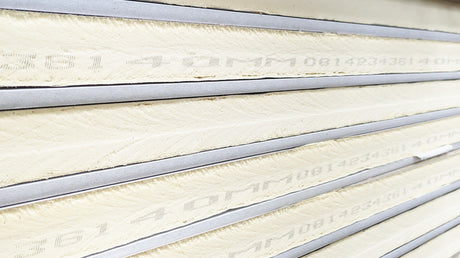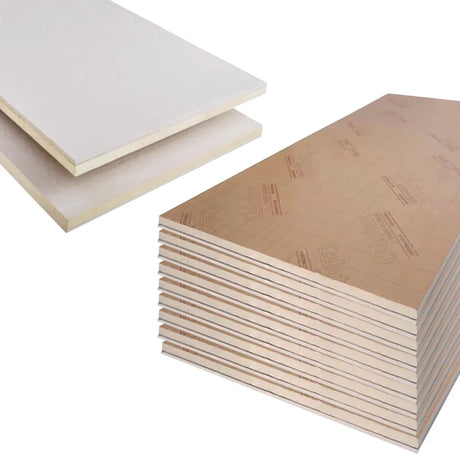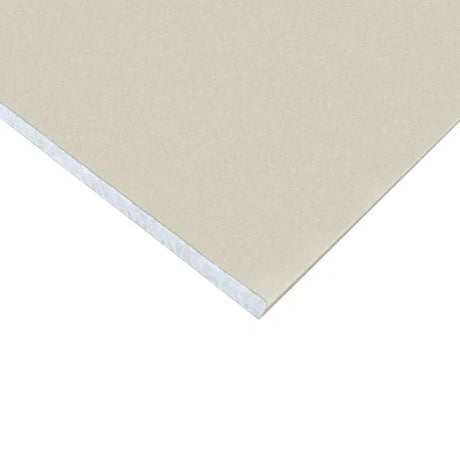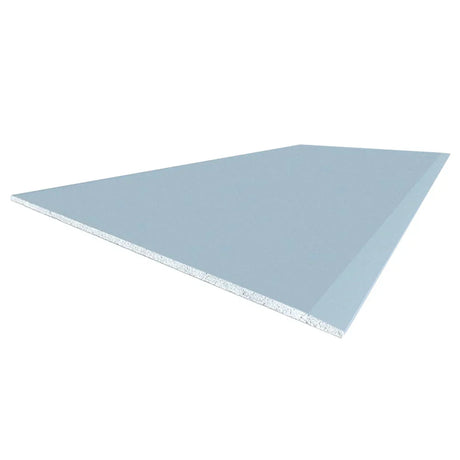The distinctions between standard plywood and genuine marine plywood extend far beyond simple terminology, encompassing fundamental differences in materials, manufacturing processes, performance characteristics and appropriate applications. Understanding these specific differentiations helps ensure appropriate material selection for particular project requirements.
Adhesive technology creates perhaps the most crucial distinction between these materials. Genuine marine plywood employs exclusively phenolic-based waterproof adhesives meeting BS 1088 requirements, maintaining bond integrity even after prolonged water exposure. These sophisticated adhesive systems undergo rigorous testing including boil testing (5-hour boiling water immersion followed by mechanical testing) to verify water resistance under extreme conditions. By contrast, standard construction plywood typically uses less expensive urea-formaldehyde or melamine-based adhesives with limited moisture resistance, suitable for interior applications but vulnerable to delamination with significant or repeated water exposure. This adhesive distinction explains why apparently similar panels might demonstrate dramatically different performance when exposed to challenging moisture conditions over extended periods.
Veneer quality and arrangement differs significantly between standard and marine grades. Marine plywood uses higher-quality veneers throughout the entire panel thickness, eliminating the core gaps or patches commonly accepted in standard construction grades. While standard plywood often incorporates lower-grade core veneers with acceptable defects like knots or patches between better-quality face veneers, marine specifications require more consistent quality throughout all layers. This comprehensive quality approach creates multiple benefits beyond appearance, including enhanced screw-holding ability throughout the panel thickness, more consistent machining characteristics across the material, and elimination of internal void spaces that might otherwise collect moisture and initiate degradation in challenging environments.
Wood species selection represents another fundamental difference. Marine plywood typically uses tropical hardwood species specifically selected for natural decay resistance, dimensional stability when wet, and complementary performance with phenolic adhesive systems. Commonly used species include okoume, meranti, sapele or similar hardwoods containing natural oils and chemical compounds providing enhanced biological decay resistance. Standard construction plywood more commonly uses readily available softwood species like pine, spruce or similar materials selected primarily for economic efficiency rather than optimised moisture performance. These species differences significantly influence both aesthetic characteristics and long-term performance in moisture-exposed applications, with marine-grade hardwoods offering natural advantages beyond the manufactured aspects of the panel construction.
Manufacturing quality control standards create significant practical differentiation. BS 1088 marine plywood specifications permit far fewer defects, tighter manufacturing tolerances, and more rigorous testing protocols compared to standard construction grades governed by less demanding standards. These stricter requirements include limitations on core gaps (typically maximum 6mm permitted in standard plywood versus virtually no gaps in premium marine grades), more precise thickness tolerances, and enhanced surface quality specifications. The rigorous quality oversight throughout production creates marine plywood's consistency and reliability compared to the greater variability sometimes found in standard construction grades, particularly important for critical applications where material failure would create significant consequences beyond simple inconvenience.
Performance expectations naturally reflect these material and manufacturing differences. Marine plywood maintains dimensional stability, structural integrity, and appearance quality through moisture exposure that would cause standard plywood to delaminate, warp, or degrade. This performance differential manifests particularly during repeated wetting and drying cycles rather than simple one-time water exposure, with marine grades maintaining consistent performance through cyclical moisture changes that progressively degrade standard materials. The superior edge performance when cut or machined further distinguishes marine grades, with significantly less edge-swelling or breakdown compared to standard plywood when exposure occurs at cut edges where internal structure becomes directly exposed to moisture.
Price differences necessarily reflect these material and manufacturing distinctions. Genuine BS 1088 marine plywood typically costs 3-4 times more than equivalent-thickness standard construction plywood, with this premium directly reflecting the higher-quality materials, more demanding manufacturing processes, and enhanced quality control systems employed throughout production. This significant cost differential makes material selection decisions particularly important, balancing genuine performance requirements against budget constraints rather than defaulting to premium marine grades for applications where standard plywood with appropriate protective finishes might provide adequate performance at substantially lower cost.
Certification and verification considerations prove particularly important given the significant price premium commanded by genuine marine grades. The market unfortunately includes products marketed as "marine plywood" without meeting full BS 1088 specifications, creating potential confusion for consumers. Genuine marine plywood should carry specific certification marking verifying compliance with appropriate standards, typically BS 1088 or Lloyd's Register approval for UK markets. These certification markings provide assurance that materials meet the specific technical requirements justifying their premium positioning rather than representing simple marketing terminology without substantive performance difference from standard construction grades.









